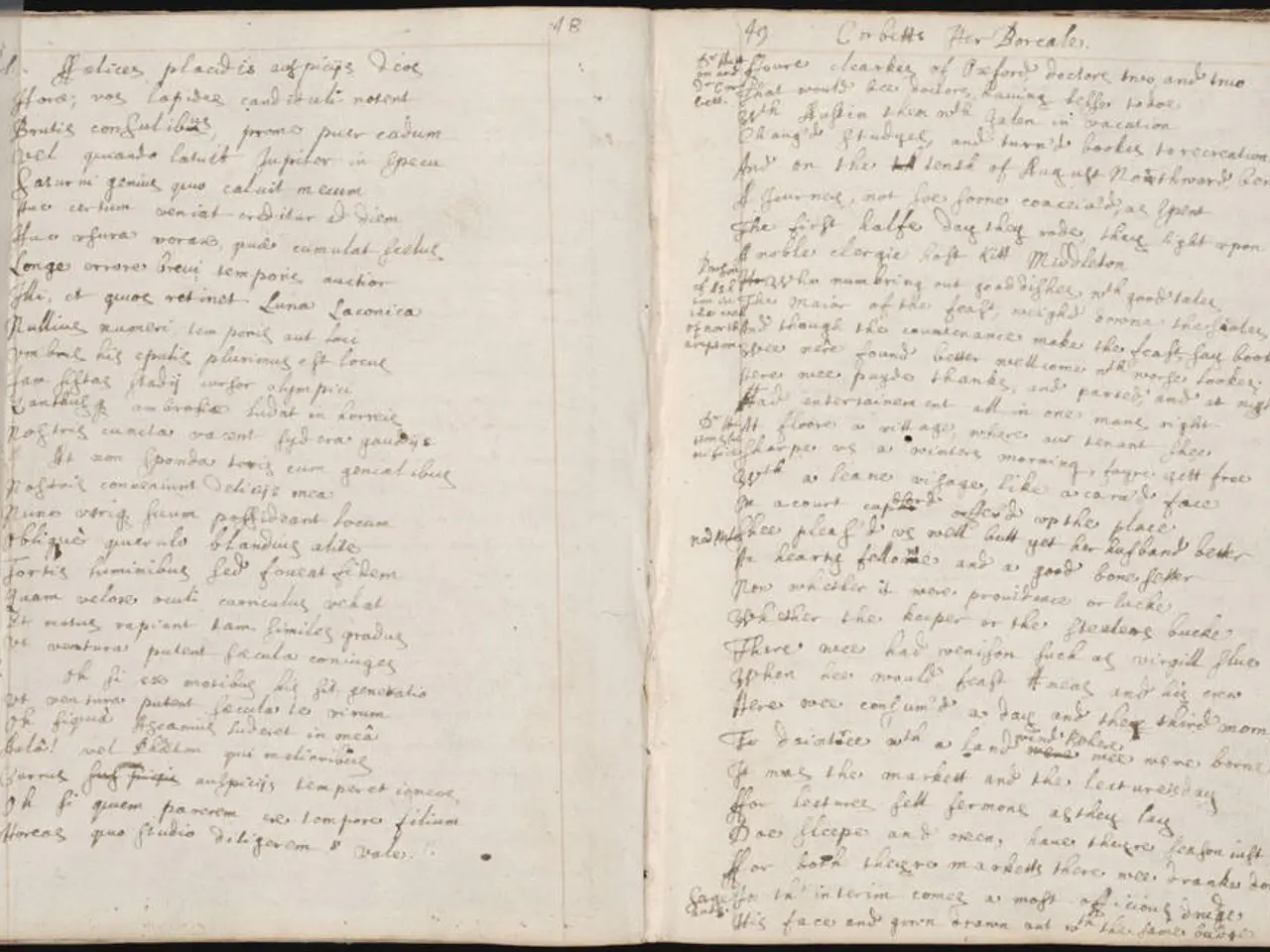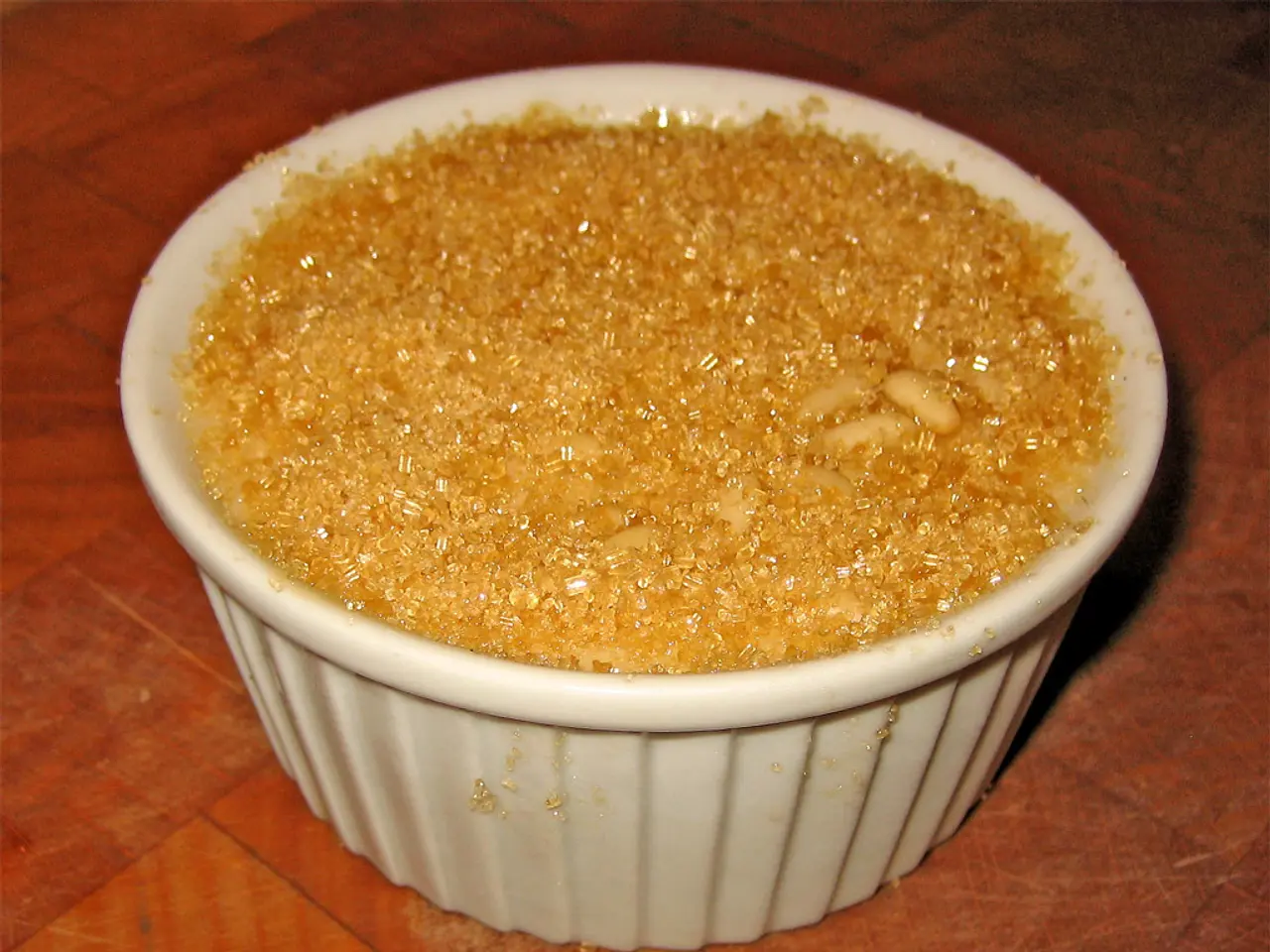Spurling Test Examination: An Overview and Implications of a Positive Result
The Spurling test is a diagnostic procedure commonly used by doctors to assess possible causes of neck pain, particularly when it is accompanied by numbness, weakness, or radiating pain in the arms. This test can help identify potential structural issues with bones, nerves, or muscles in the neck region.
While the Spurling test has a high specificity, meaning it correctly identifies those without a pinched nerve, its sensitivity is relatively low. In other words, it may miss some cases of pinched nerves. A study found that the Spurling test had a sensitivity score of just 30%, but a specificity of 93%.
Despite its limitations, the Spurling test can provide valuable guidance for doctors in deciding which further tests are necessary. A positive result, indicating symptoms such as radiating pain, weakness, tingling, numbness, altered tendon reflexes, or sensations of pins and needles in the neck, shoulders, or arms, may suggest the presence of a pinched nerve. However, a normal result does not necessarily rule out the possibility of a pinched nerve, and further tests will follow to confirm a diagnosis.
Doctors often use the Spurling test in combination with other tests to make a definitive diagnosis. Imaging tests such as MRI or CT scans can help identify structural problems more accurately. Combining the results of several tests helps overcome the limitations of the Spurling test.
If a pinched nerve is confirmed, treatment options might include the short-term use of a soft cervical collar, physical therapy, over-the-counter nonsteroidal anti-inflammatory drugs, gentle traction, prescription steroid medications, a cervical pillow, and, in severe cases, surgical treatment.
Physical therapy is foundational, aiming to improve neck mobility, strengthen supporting muscles, and reduce nerve irritation. It often includes exercises, posture correction, and manual therapy. Medications such as pain relievers, anti-inflammatory drugs, or muscle relaxants are frequently used to manage symptoms and reduce inflammation around the nerve.
In clinical practice, the approach often starts conservatively with physical therapy and medications, progressing to interventional procedures like epidural steroid injections or surgery if needed, based on symptom severity and functional impairment. Additional diagnostic imaging typically follows a positive Spurling test to confirm the underlying cause before deciding on treatment.
It's important to note that not everyone may react to the Spurling test, and some may have a result that does not indicate a nerve problem. For instance, people who experience pain that only affects the neck, muscle spasms, or neck stiffness may not show positive results.
The Spurling test is routinely used to check for cervical radiculopathy, the medical term for a compressed or pinched nerve in the neck. It can be a helpful tool for quickly assessing possible causes of neck pain and guiding further diagnostic and treatment decisions.
[1] Khan, K. M., & Cook, J. L. (2019). Cervical radiculopathy. BMJ, 365, l1706. [2] Krause, J. P., & Bohlman, H. (2016). Cervical radiculopathy: diagnosis and treatment. The Lancet Neurology, 15(1), 6-16. [3] Starling, A. J., & Weinstein, J. N. (2014). Imaging in cervical radiculopathy. The Lancet, 383(9931), 1729-1738. [4] Weinstein, J. N., & Humphreys, K. L. (2015). Cervical spondylotic myelopathy. The Lancet Neurology, 14(11), 1228-1239. [5] Weinstein, J. N., & Humphreys, K. L. (2016). Cervical radiculopathy. The Lancet, 387(10025), 1523-1534.
- Recognizing the potential limitations of a positive Spurling test, such as low sensitivity, doctors may resort to other tests like MRI or CT scans to confirm pinched nerves more accurately. (science, Spurling test, mri, pinched nerve)
- A pet owner experiencing neck pain accompanied by numbness, weakness, or radiating pain in the arms should consider seeking a diagnosis from a neurologist, who might use the Spurling test as a tool in the assessment process. (neurology, neck pain, Spurling test, pet)
- In health-and-wellness routines, managing neck pain caused by a pinched nerve may involve pain relievers, anti-inflammatory drugs, or muscle relaxants, as well as physical therapy to improve mobility, strengthen muscles, and reduce nerve irritation. (health-and-wellness, pinched nerve, pain management, physical therapy, medications)
- Future medical-conditions research could potentially focus on developing more sensitive diagnostic procedures to improve the accuracy of tests like the Spurling test, ensuring a comprehensive and swift diagnosis of cervical radiculopathy. (medical-conditions, research, Spurling test, cervical radiculopathy)




